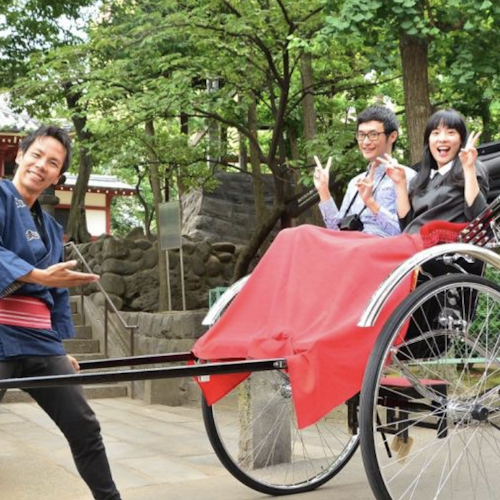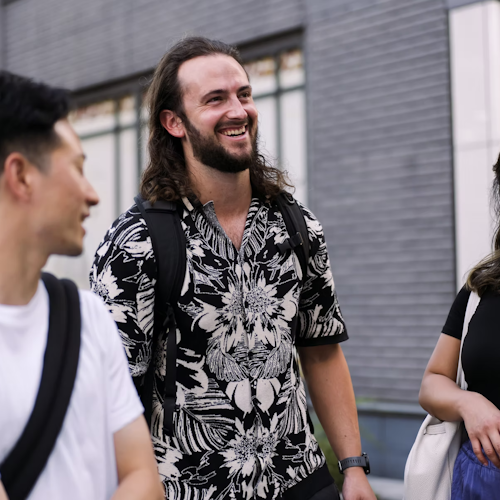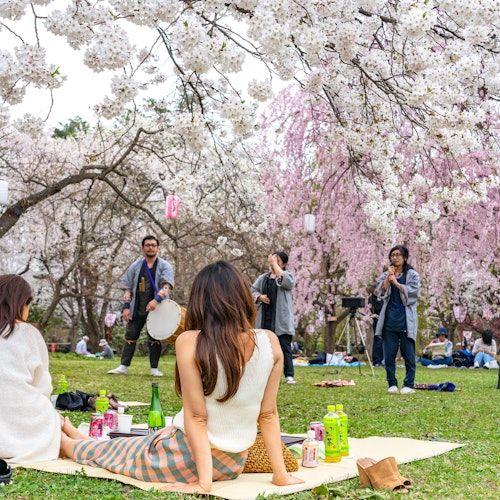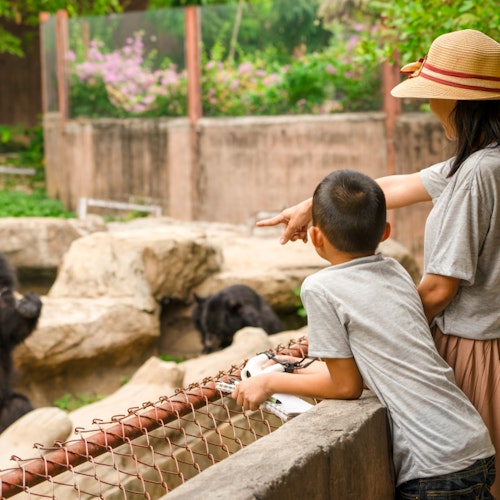
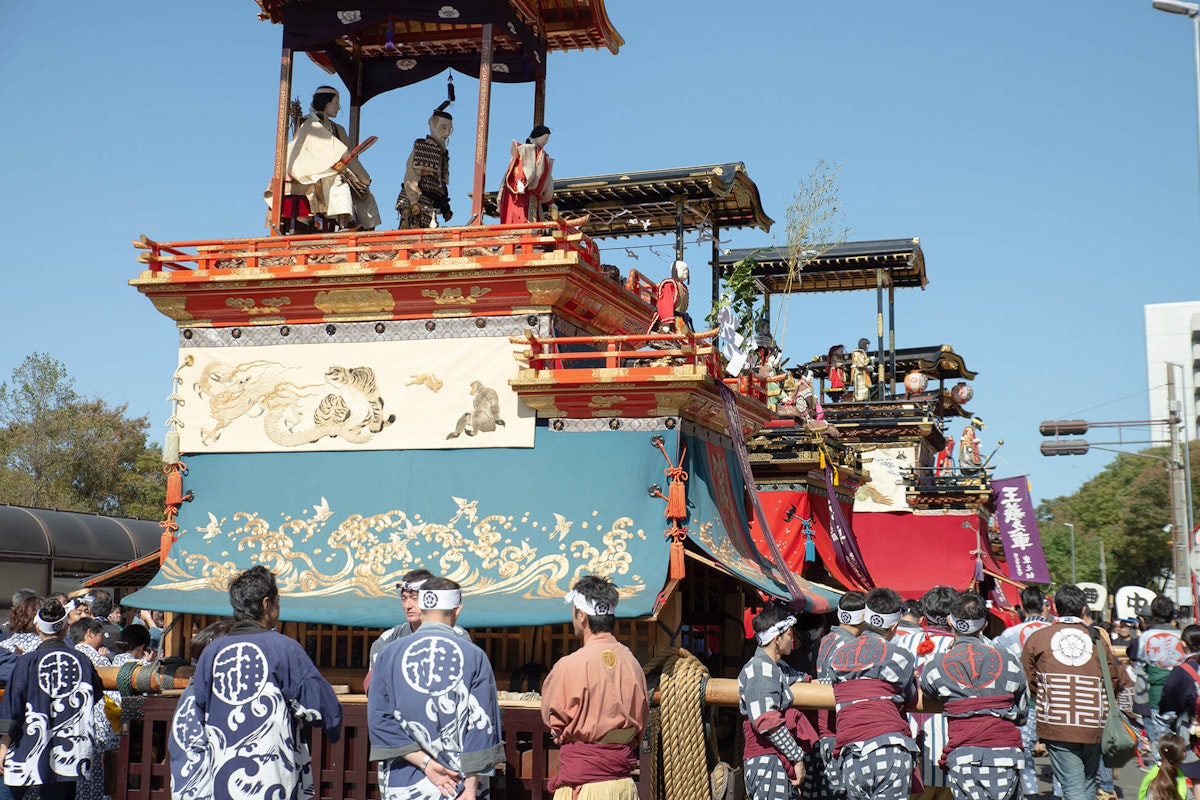
Nagoya is famous for its fun and lively festivals that take place throughout the year. These events are a great way to see Japan’s culture and history up close. You’ll find music, dance, tasty food, and traditional performances that everyone can enjoy. Each festival is unique, whether it’s a grand parade, a peaceful cherry blossom viewing, or an old ceremony at Atsuta Shrine.
You might enjoy street shows in the busy Osu district, watch fireworks light up the sky at Nagoya Castle, or take part in summer events. If you’re visiting Nagoya, these festivals are the perfect way to enjoy local customs, try delicious seasonal treats, and feel the city's lively spirit.
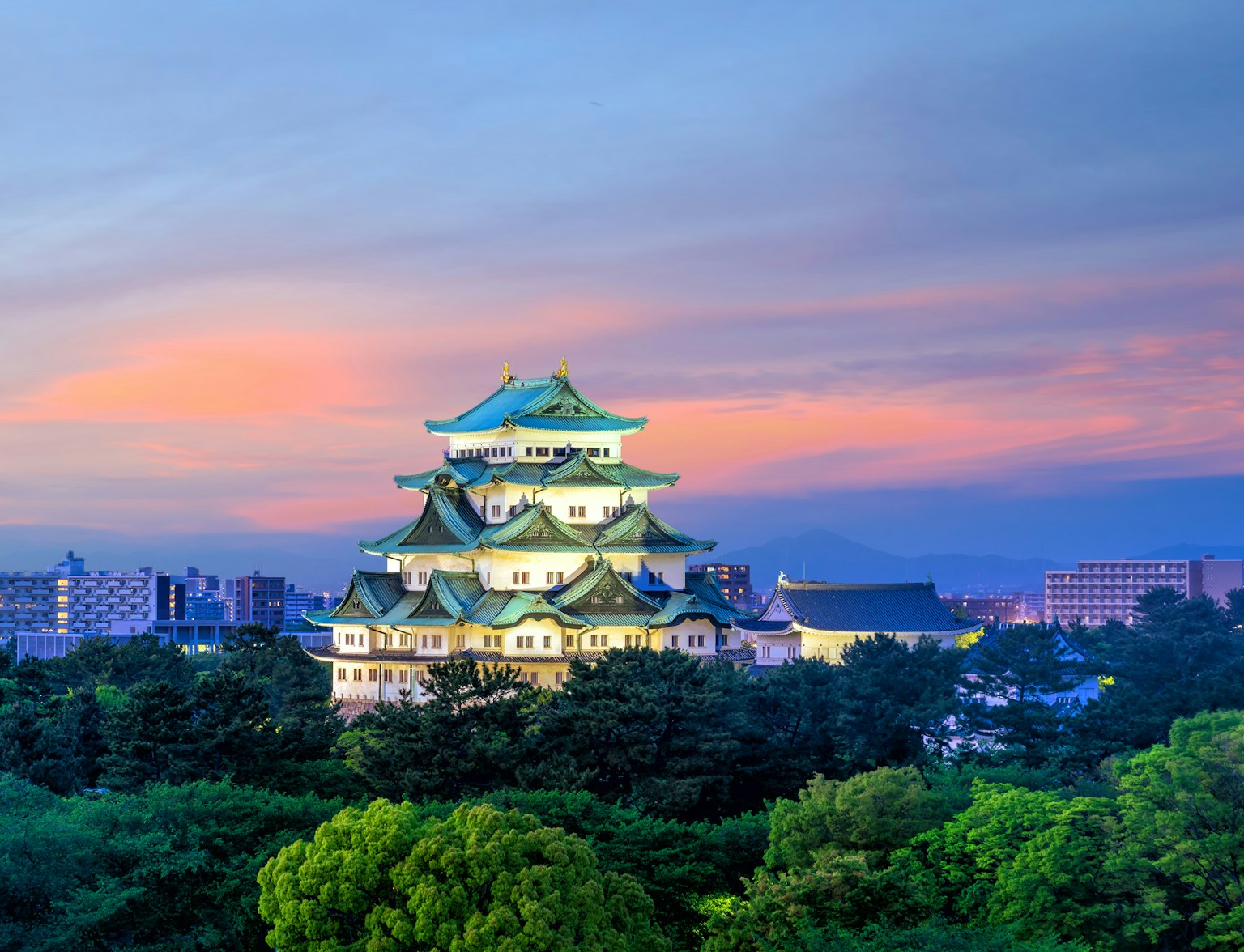
Check out the city’s unique attractions with our small-group guided walking tour.
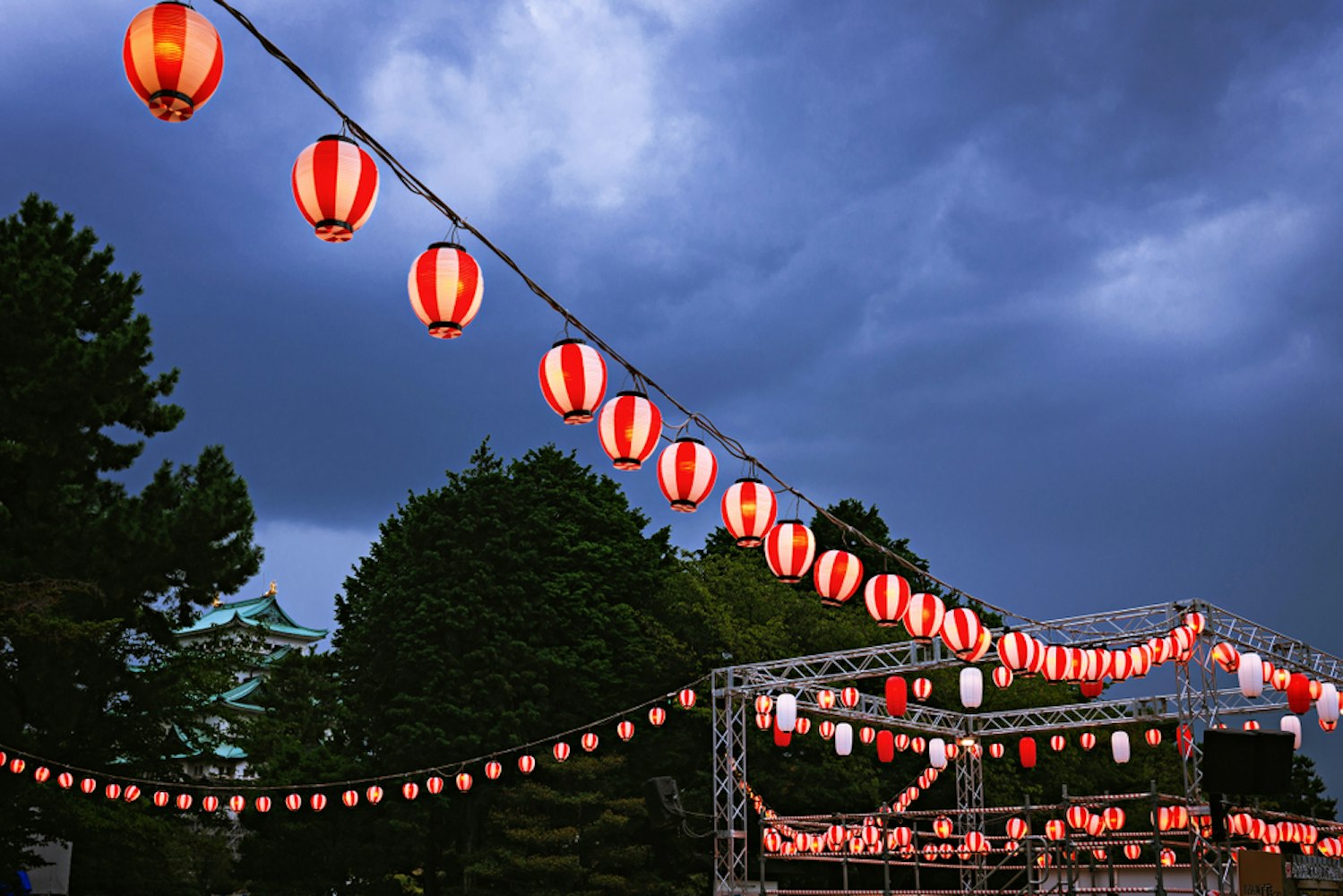
Nagoya Castle, a symbol of the city, hosts a summer festival that attracts thousands of visitors every year. The event features a traditional Japanese folk dance called "Bon Odori," live music performances, and food stalls selling local delicacies. Lantern displays light up the castle grounds, offering a mesmerizing view in the evening.
For kids, activities like goldfish scooping and ring toss add to the fun. A highlight of this festival is the fireworks display, where over 3,000 fireworks illuminate the summer sky. The festival helps preserve Japanese summer traditions and gives visitors a chance to experience the joyous atmosphere.
Date: Early to mid-August
Location: Nagoya Castle
Access: From Nagoya Station, take the Meijo Subway Line to Shiyakusho Station (8 minutes). From there, it's a 5-minute walk to the castle grounds.
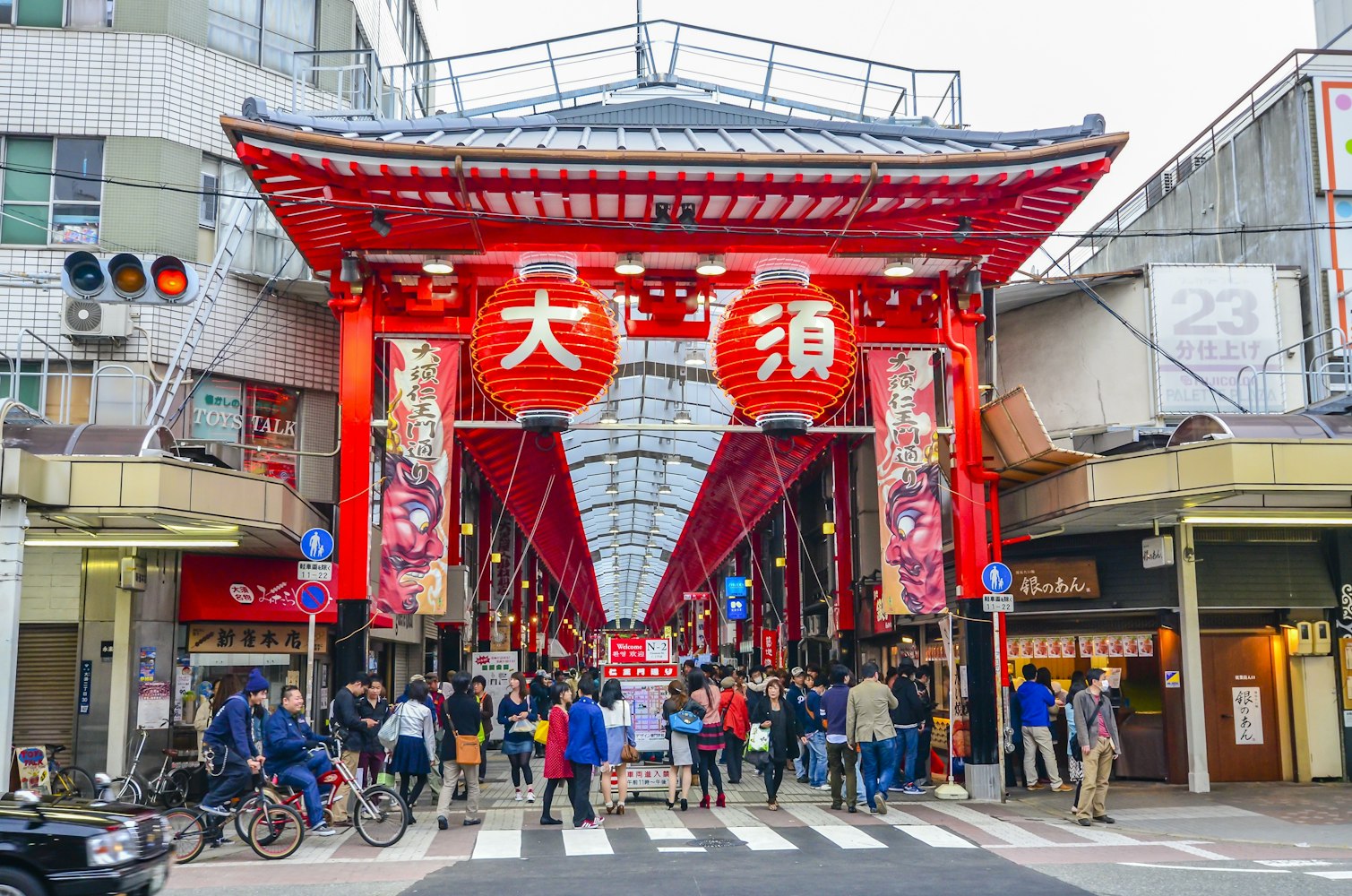
Osu Street Performers Festival, known locally as "Osu Daido Chonin Matsuri," has been celebrated since 1978. Performers come from across Japan to showcase talents like juggling, magic tricks, acrobatics, and traditional street arts. The event turns the Osu shopping district into a stage for two days.
You’ll see everything from traditional Japanese comedy acts to modern dance performances. The festival promotes community spirit and brings visitors closer to Japan's entertainment culture. Families and tourists love it for its interactive and lively setting.
Date: October
Location: Osu Shopping District
Access: From Nagoya Station, take the Tsurumai Subway Line to Osu Kannon Station (5 minutes). The shopping district is right outside the station.
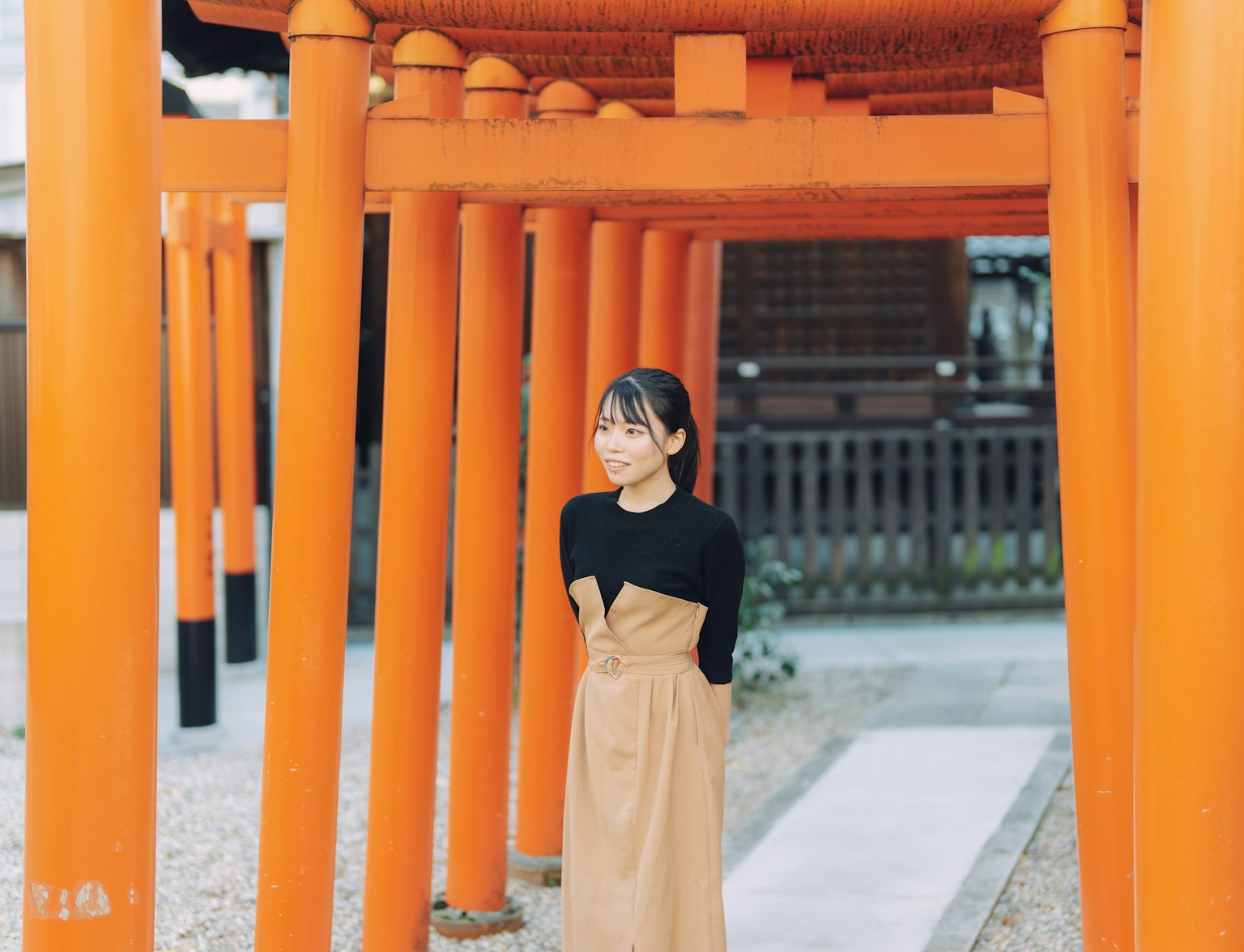
Hop on an unforgettable journey through Nagoya's vibrant Osu Shopping District.
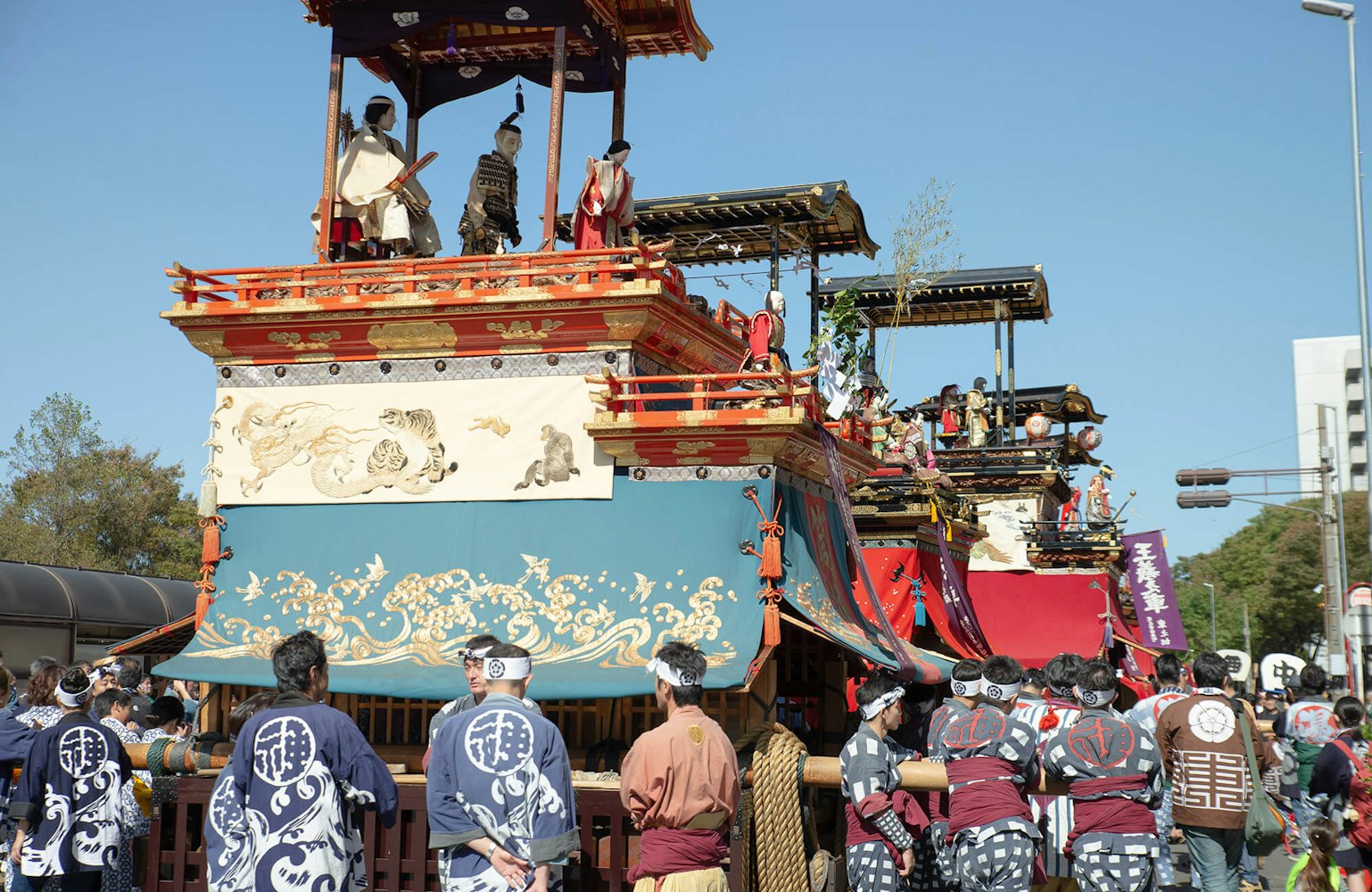
Nagoya Festival celebrates the city’s historical connection to three famous samurai: Oda Nobunaga, Toyotomi Hideyoshi, and Tokugawa Ieyasu. The event includes a grand parade featuring participants dressed in traditional samurai armor, princess costumes, and other historical outfits. The parade route passes through central Nagoya, including Sakae and Nagoya Castle.
The festival hosts local food markets, stage performances, and kid-friendly activities alongside the parade. This event has been a part of Nagoya's cultural calendar since 1955, highlighting the city’s dedication to keeping its traditions alive.
Date: Mid-October
Location: Various locations in central Nagoya, including Sakae and Nagoya Castle
Access: Most events are accessible from Nagoya Station. For Sakae, take the Higashiyama Subway Line to Sakae Station (5 minutes).

Experience the beauty and spirit of ancient Japan at Atsuta Shrine and Shirotori Garden in Nagoya!
Atsuta Shrine, one of the most important Shinto shrines in Japan, holds an annual festival that dates back over 1,900 years. During the festival, traditional ceremonies honor the gods, while performances of ancient Japanese dance known as "Kagura" captivate visitors.
The shrine grounds are lined with stalls selling food, toys, and local crafts, creating a lively atmosphere. The event wraps up with a fireworks display over Nagoya, making it a must-see for both locals and tourists. Atsuta Shrine is known for housing one of Japan's three sacred treasures, the "Kusanagi-no-Tsurugi" sword, adding a sense of historical significance to the festival.
Date: June 5th
Location: Atsuta Shrine, Nagoya
Access: From Meitetsu Nagoya Station, take the train to Jingu Mae Station (7 minutes). From the West Exit, it's a 2-minute walk to the shrine.
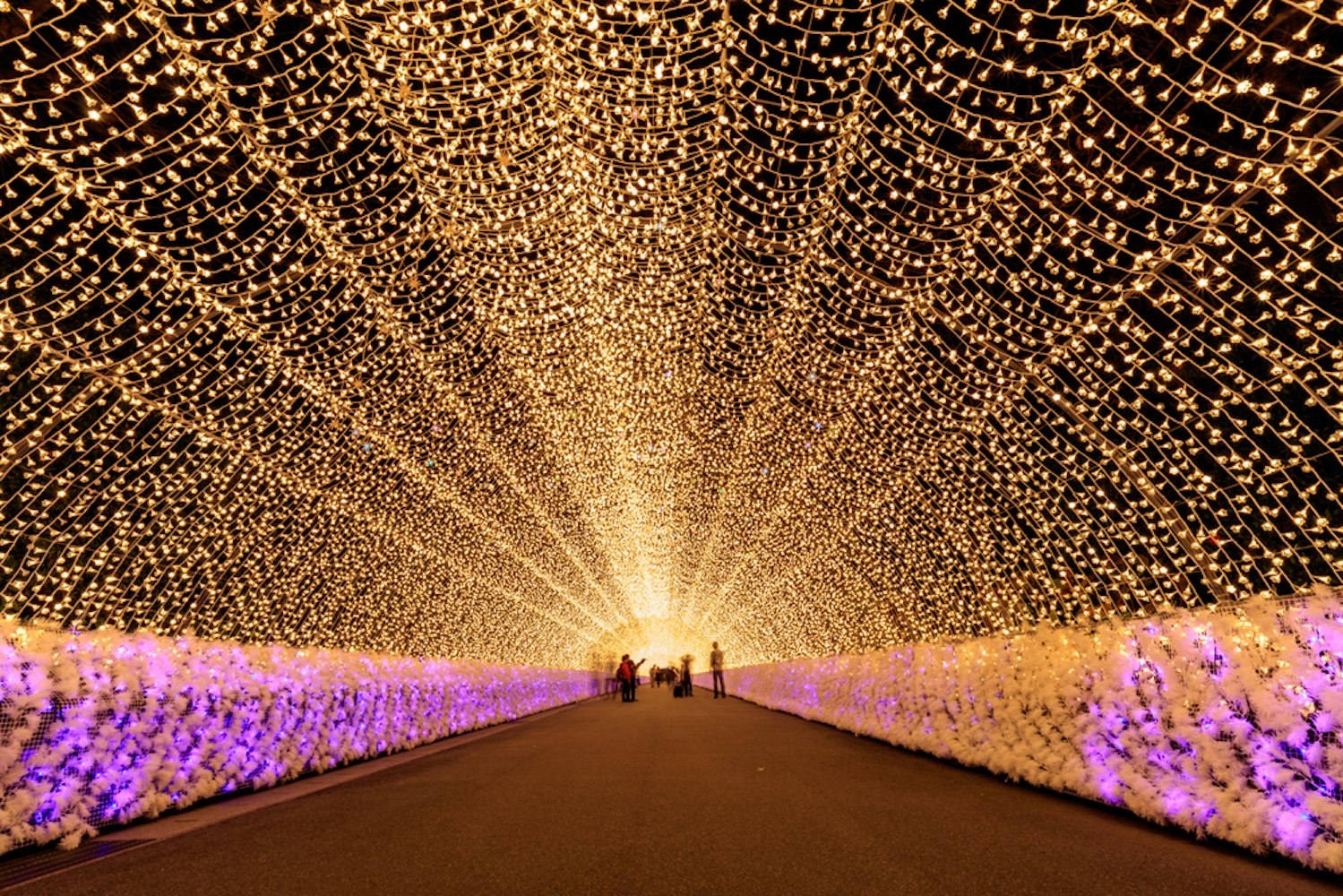
This festival transforms the Nagoya Dome area into a winter wonderland with over a million LED lights. Visitors can explore themed light displays, including ones inspired by popular Japanese fairy tales and traditional art. Some years feature interactive light shows, where visitors can control parts of the display using their smartphones.
There are often food and drink stalls offering seasonal treats like hot chocolate and roasted chestnuts. The festival is family-friendly, with activities for kids and photo spots for everyone to capture the magic of winter.
Date: December to January
Location: Nagoya Dome area
Access: From Nagoya Station, take the Meijo Subway Line to Nagoya Dome-mae Yada Station (20 minutes). The dome is a short walk from the station.
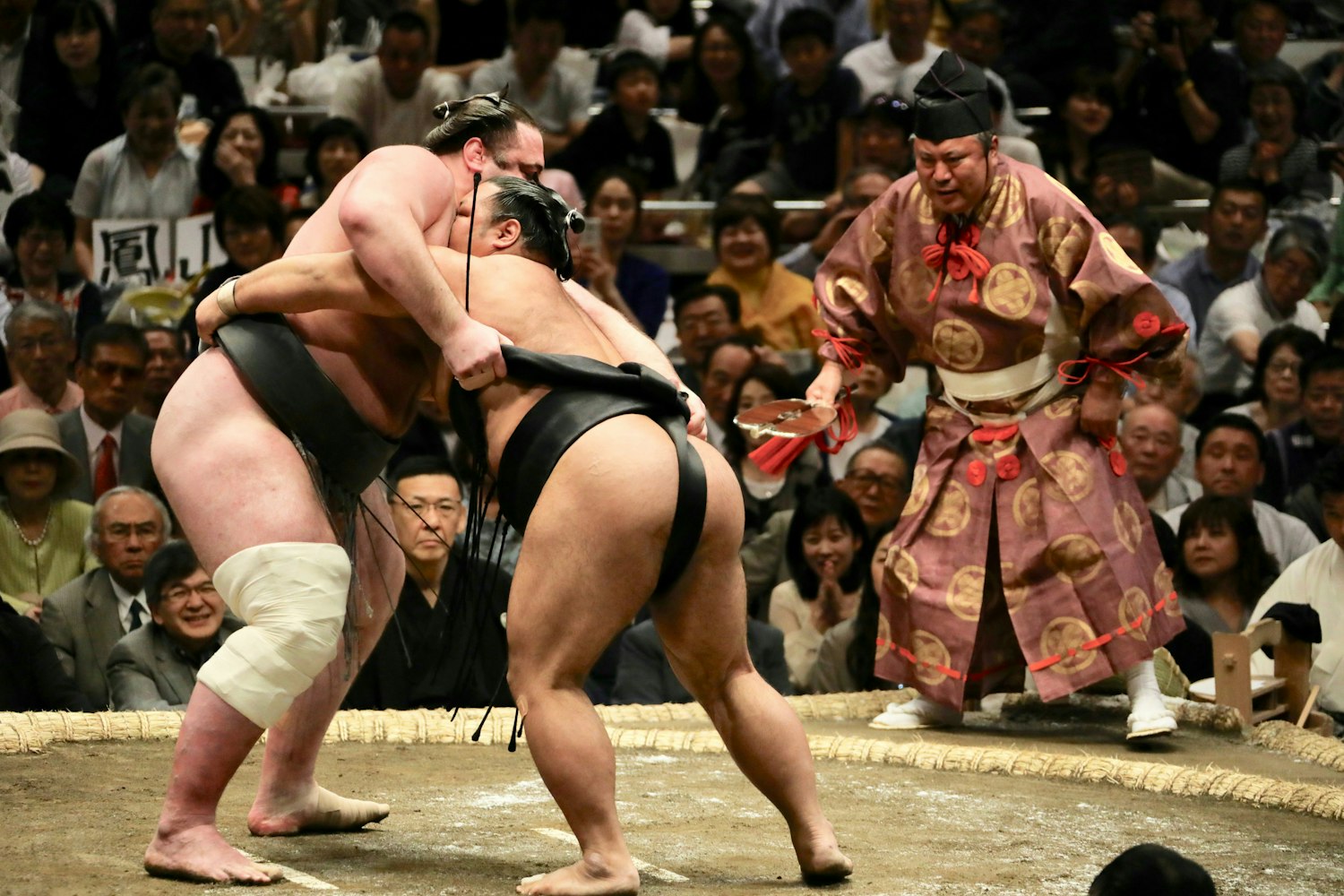
Nagoya is one of the few cities in Japan that hosts a grand sumo tournament. The Nagoya Basho, held annually in July, brings together the top sumo wrestlers from across Japan. Visitors can witness the intense bouts and pre-match rituals, including the throwing of salt to purify the ring.
The arena offers different seating options, including traditional tatami mat areas close to the ring. Watching sumo live provides insight into this ancient sport, which has been a part of Japanese culture for centuries.
Date: Early to mid-July
Location: Dolphins Arena (Aichi Prefectural Gymnasium)
Access: From Nagoya Station, take the Meijo Subway Line to Shiyakusho Station (8 minutes). The arena is a 5-minute walk away.
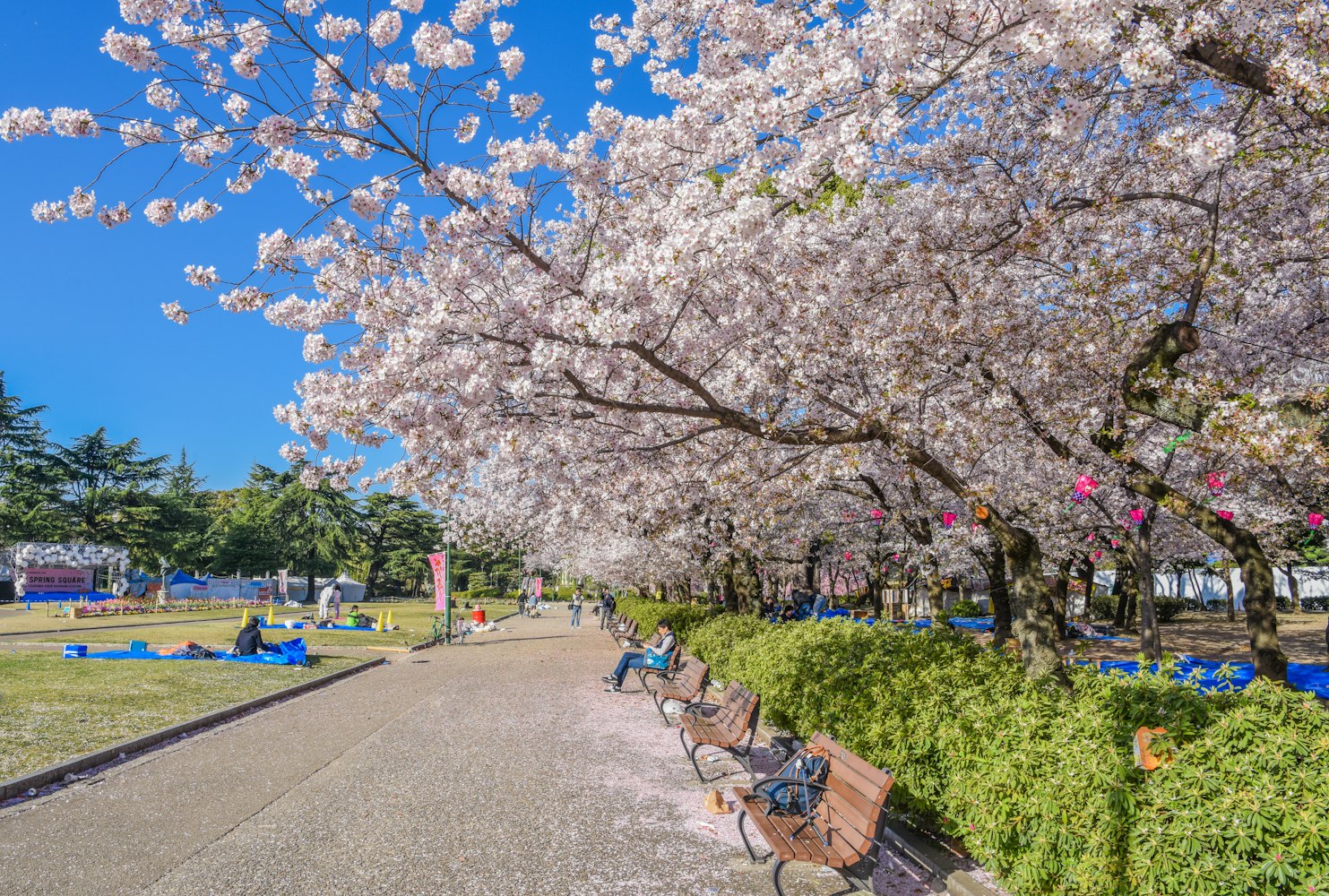
The Hana Matsuri, or Flower Festival, celebrates Buddha's birthday and the arrival of cherry blossoms. Tsuruma Park becomes a hub of activity, with locals and tourists gathering for "hanami" (cherry blossom viewing) picnics under the blooming trees.
During the festival, you’ll find tea ceremonies, live music performances, and food stalls selling seasonal treats like "sakura mochi" (sweet rice cakes with cherry blossom flavor). The festival marks the beginning of spring and is a beloved tradition in Nagoya.
Date: Early April
Location: Tsuruma Park
Access: From Nagoya Station, take the Tsurumai Subway Line to Tsurumai Station (10 minutes). The park is right next to the station.

This festival, recognized as an "Important Intangible Folk Cultural Asset" by the Japanese government, dates back to the 15th century. The highlight is the "Manto-sen," where boats decorated with hundreds of lanterns float down the Tenno River, creating a stunning nighttime spectacle.
During the day, the festival features traditional dances, music performances, and a parade of portable shrines. It’s a chance to explore the rich cultural heritage of the region and see customs that have been passed down for generations.
Date: Last Saturday and Sunday of July
Location: Tsushima City, near Nagoya
Access: From Nagoya Station, take the Meitetsu Tsushima Line to Tsushima Station (20 minutes). The festival grounds are a 10-minute walk from the station.
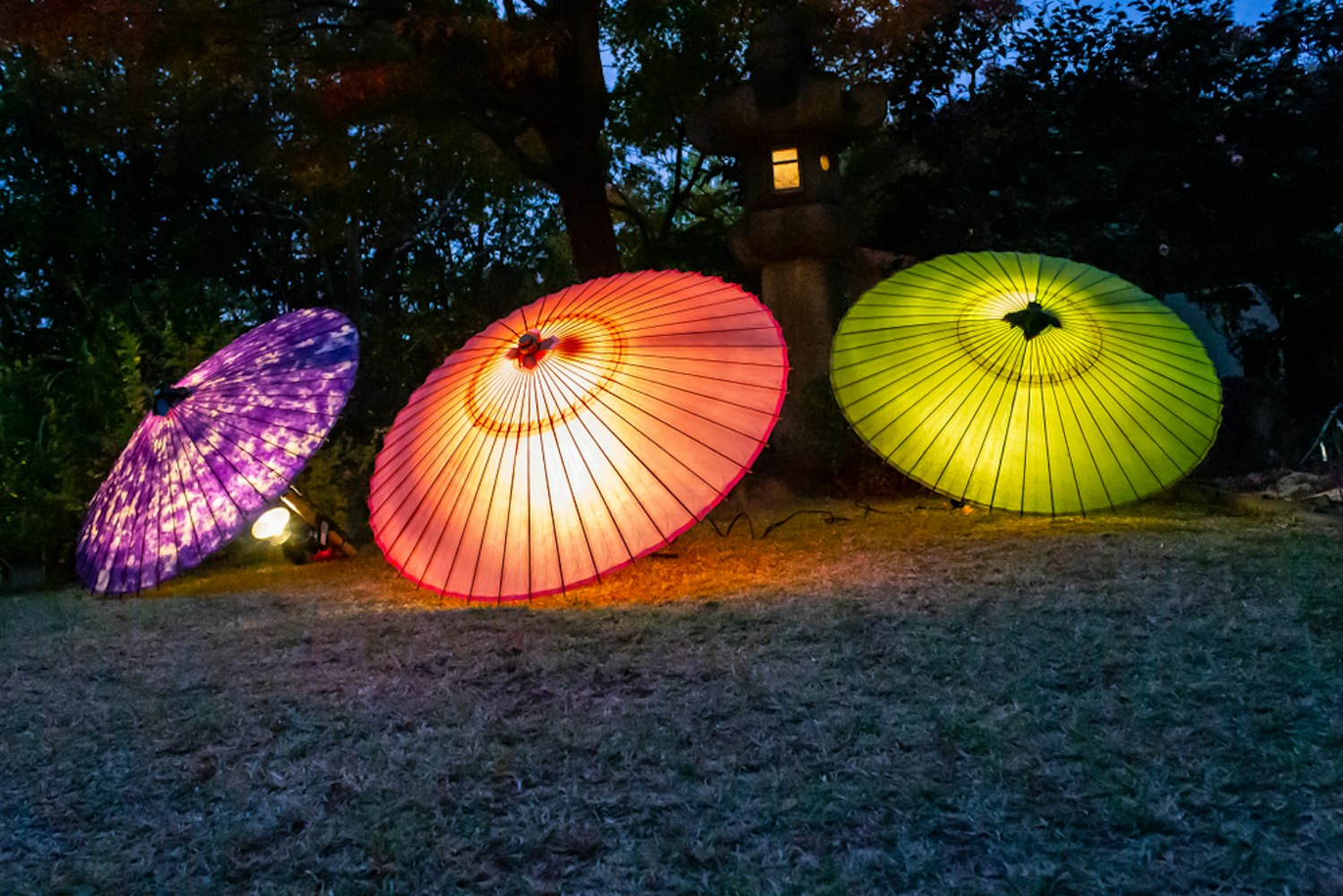
The Moon Viewing Festival at Tokugawaen Garden is an event that celebrates the harvest moon, a tradition that dates back to the Heian period (794-1185). The garden is lit with hundreds of lanterns, creating a serene setting for moon gazing.
Visitors can participate in tea ceremonies, where they enjoy matcha tea while listening to live performances of traditional Japanese music. The festival reflects Japan's deep connection with nature and seasonal changes.
Date: September (during the full moon)
Location: Tokugawaen Garden
Access: From Nagoya Station, take the JR Chuo Line to Ozone Station (10 minutes). The garden is a 15-minute walk from the station.
During cherry blossom season, Nagoya Castle opens its grounds for "hanami" (flower viewing). Visitors can picnic under the cherry trees, explore food stalls, and watch traditional Japanese performances, including taiko drumming and samurai reenactments.
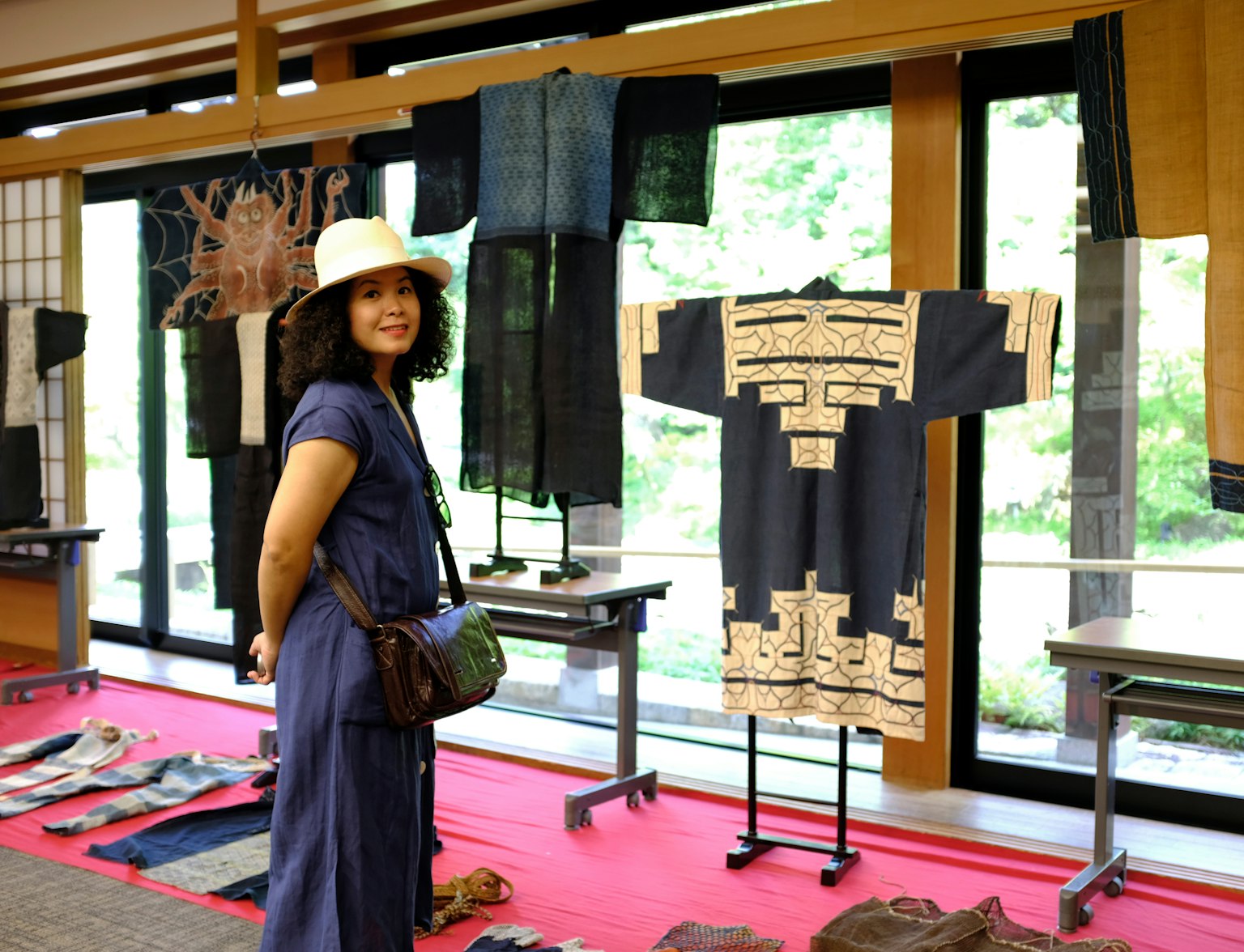
Immerse yourself in Japan's culture during a unique half-day tour!
The nighttime illumination of the castle and blossoms provides a magical scene, perfect for capturing unforgettable photos. This festival not only showcases the natural beauty of spring but also connects visitors with Japan's long-standing tradition of celebrating cherry blossoms.
Date: Late March to early April
Location: Nagoya Castle
Access: From Nagoya Station, take the Meijo Subway Line to Shiyakusho Station (8 minutes). From there, it's a 5-minute walk to the castle.
Nagoya's seasonal festivals provide a wonderful chance to experience Japan’s culture in a fun and memorable way. Each event, from the lively street performances to the serene moon-viewing nights, offers something special.
When planning your trip, check the festival dates so you can fully enjoy what Nagoya has to offer. These events are a great way to learn about local traditions, meet new people, and make the most of your time in the city.

Discover all of the secrets that a true Nagoya adventure has to offer.
